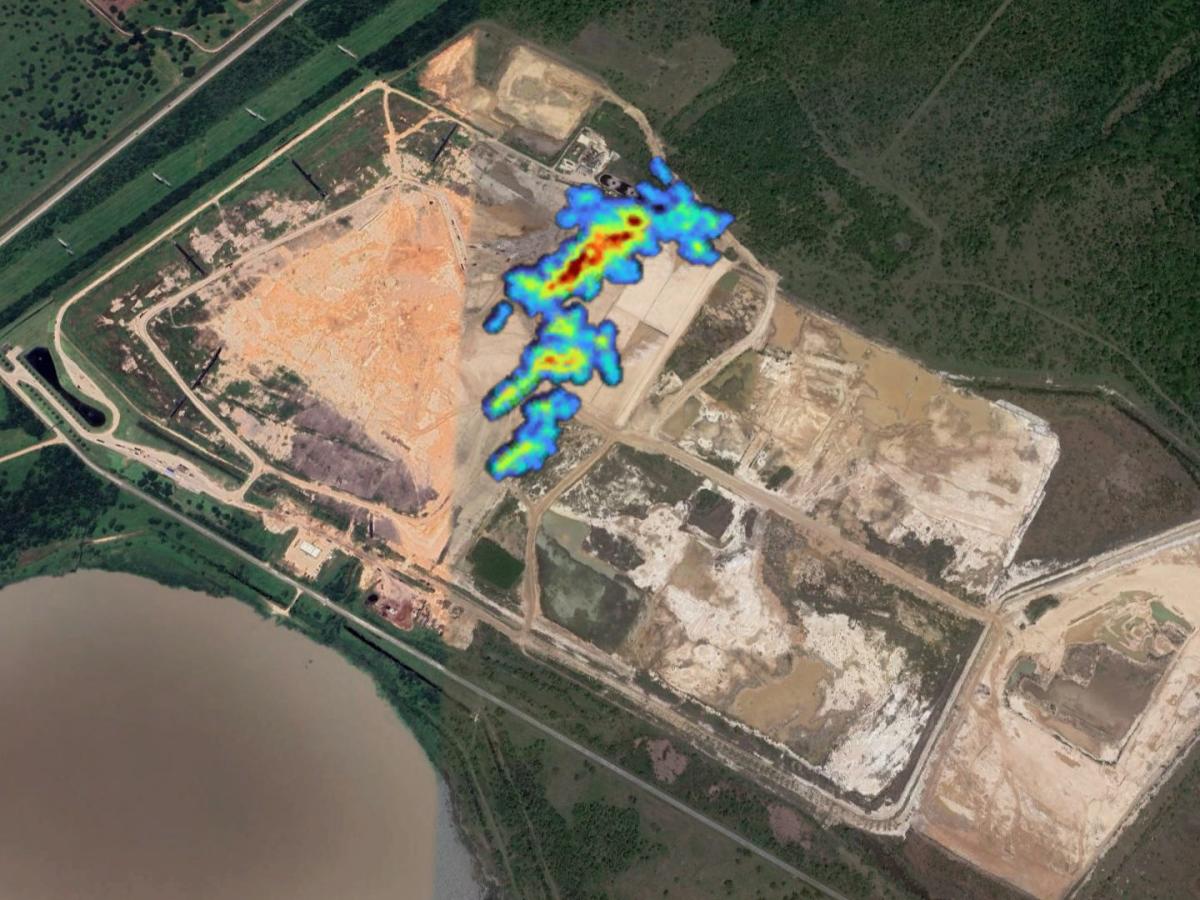- Landfills are a large driver of the climate crisis due to their high methane leaks.
- A recent study found methane emissions from landfills were 40% higher than reported.
-
Advanced methods like remote sensing can help detect and fix landfill methane leaks faster.
Rotting food scraps and other waste that piles up in landfills across the country are a larger driver of the climate crisis than previously known.
Methane leaks from landfills were, on average, 40% higher than what’s been reported to the federal government, according to a study published in the journal Science.
Researchers flew airplanes over more than 200 active landfills in the US, or about 20% of the total, between 2018 and 2022 in the largest assessment of the industry to date. Spectrometers detected methane plumes at more than half of those landfills, with most leaking the gas for months, if not years. The plumes were more persistent than those found in the oil and gas sector, which has come under increasing scrutiny in recent years.
Climate scientists say that slashing methane emissions from oil and gas, landfills, and livestock is one of the fastest ways to slow the climate crisis because the gas has 80 times the warming power of carbon dioxide over two decades.
Landfills are considered the third-largest source of human-caused methane emissions in the US — behind agriculture and oil and gas. But estimates for landfills are based on computer models and not actual observations, said Dan Cusworth, project scientist at Carbon Mapper and lead author of the study.
“Bridging that gap is critical,” Cusworth said. “It will help mitigate emissions and also validate whether various climate efforts are having the intended impacts.”

Landfill workers currently do walking surveys with handheld sensors to detect methane hot spots. But that method is prone to error and only required once a quarter, Cusworth said. Waste sites can also span thousands of acres and can be dangerous to traverse, especially in areas where trash is being dumped.
More advanced methods, like remote sensing from satellites, aircraft, and drones, can deliver a more accurate picture of the methane problem at landfills. The sources of emissions vary. Many large landfills capture methane gas so it can be reused as energy, but that infrastructure can leak. When food waste decomposes, it releases the gas.
More timely detection can help landfill operators fix leaks faster, benefiting the planet.
Carbon Mapper notified environmental regulators in Southern California and Pennsylvania about the methane leaks it detected. In response, officials notified landfill operators so they could reduce emissions.
Carbon Mapper aims to launch a constellation of satellites measuring methane and carbon dioxide in partnership with NASA Jet Propulsion Laboratory, the climate nonprofit RMI, and others. The methane satellite is expected to be launched this year.
“Our goal is to launch many of these satellites so we can capture a large swath of global landfill sites, as well as oil and gas sites, to really identify the point-source, facility scale emissions,” Cusworth said.
The Environmental Defense Fund similarly launched a methane satellite with Space X in March that will police the oil and gas industry.
Read the original article on Business Insider
